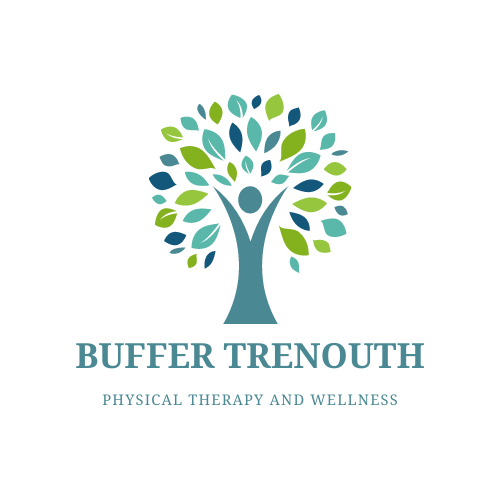The Ergonomics of Snow Shoveling
Make it stand out
Whatever it is, the way you tell your story online can make all the difference.
Keep Nutrition Center Stage: Discover Why Good Fueling is a Dancer's Secret to Wellness
Dance Physical Therapy: Getting Dancers Back on Stage
Dancers are athletes. And as athletes in a full-body artistic sport that requires unique physical and artistic demands, dancers know all too well how often those demands can lead to injury.
The past year has caused many dancers to experience alterations in their training, from small spaces to subpar flooring and a lack of consistent in-person feedback.
The demands of classes, training, performance and competition mean dancers do not have the luxury of sitting out. This is where dance physical therapy comes in as a great solution.
Every dancer, regardless of their age, discipline or level needs a plan to get back into performance shape.
In order to build the body and mind back to pre-covid performance, it’s important to focus first on the foundation.
Importance of a Strong Foundation
So, what is a dancer’s foundation? And why is it so fundamental?
A strong foundation consists of core stability and awareness, the diaphragm, deep core muscles and the pelvic floor all coordinating together to create a strong, properly functioning body.
This is vital to dance as it allows for efficiency in the limbs as well as lends to the aesthetic of dance performance as a whole.
Dance requires full body movement and a constant, high rate of physical exertion, therefore it’s important to properly strengthen and condition the body by focusing on the foundation - as well as cardiovascular fitness, overall joint mobility and stability, supportive conditioning and strength training.
To get back on stage, a dancer should work to build a strong foundation in order to maximize efficiency, prevent injuries, and return to creating their art.
Building the Foundation
In order to continue performing their sport and creating art on stage, it’s essential that dancers receive the proper training and recovery programs to build a strong physical foundation.
That’s where Dance Physical Therapy comes into play.
Focusing both on whole body health as well as performance training, Dance Physical Therapy consists of the following equally important components:
Conditioning - conduct movements and exercises that mimic the dancers’ art, such as dance classes, yoga or pilates
Strength Training - use resistance and other methods to increase the load on muscles through various ranges. This process is different from conditioning because the movements and exercises shift dancers outside of their typical movement patterns.
Nutritional Support - ensure artists are fueling their bodies properly. This is often an overlooked part of building the foundation but it's absolutely essential to whole body health
Mental Health Priorities - practice meditation, create and maintain a healthy sleep cycle, mindfulness of screen time, get outdoors and create time and space for activities that bring joy outside of the sport
If you’re ready to get back on stage and want to learn more about dance physical therapy, contact us to set up a consultation!




